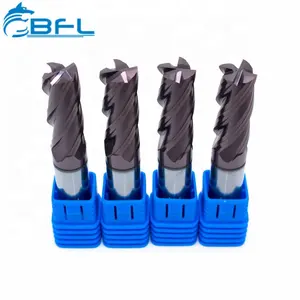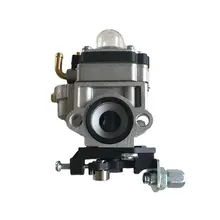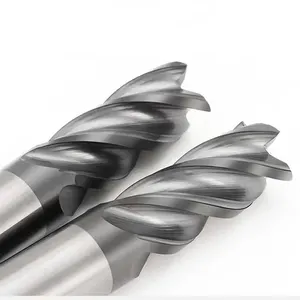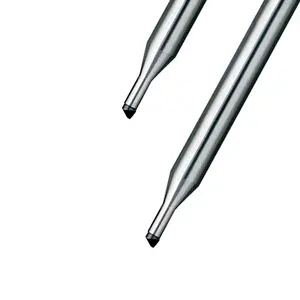Introduction to Carbide Tools
Carbide tools are essential components in the machining industry, known for their durability and precision. These tools are crafted from carbide inserts and other compounds, such as tungsten carbide, which is renowned for maintaining hardness even at high temperatures. The versatility of carbide tools allows for a wide array of applications, ranging from woodturning to metal shaping.
Types and Applications of Carbide Tools
The array of carbide tools includes various forms such as carbide drill bits, carbide end mills, and carbide burrs. Each type serves a specific purpose; for instance, carbide drill bits are the go-to for precision drilling, while carbide end mills are used for milling applications. The carbide scraper is another variant, ideal for surface preparation and material removal.
Features and Materials
Carbide tools are characterized by their robustness, with a composition that often includes tungsten carbide drill bits and silicon carbide sandpaper. These materials contribute to the tools' ability to perform consistently under strenuous conditions. Additionally, the carbide tip ensures a sharper cutting edge, resulting in cleaner cuts and longer tool life.
Advantages of Using Carbide Tools
The advantages of using carbide tools are manifold. Their hardness allows for greater precision in cutting, while their resistance to wear translates to fewer replacements and downtime. The inclusion of a carbide cutter in one's toolkit can significantly enhance efficiency. Furthermore, tools like the carbide hole saw and carbide chainsaw chain offer specialized solutions for complex tasks.
Choosing the Right Carbide Tool
Selecting the appropriate carbide tool requires consideration of the material to be cut and the specific operation. For instance, a CNMG insert may be optimal for turning operations, while a CNC insert is better suited for computer-controlled machining tasks. It is crucial to match the tool to the job for optimal performance and results.
Maintenance and Care
Maintaining carbide tools involves regular inspection for wear and proper storage to prevent damage. While these tools are designed for longevity, ensuring they are kept sharp and clean will extend their life and maintain the quality of work.











































 浙公网安备 33010002000092号
浙公网安备 33010002000092号 浙B2-20120091-4
浙B2-20120091-4